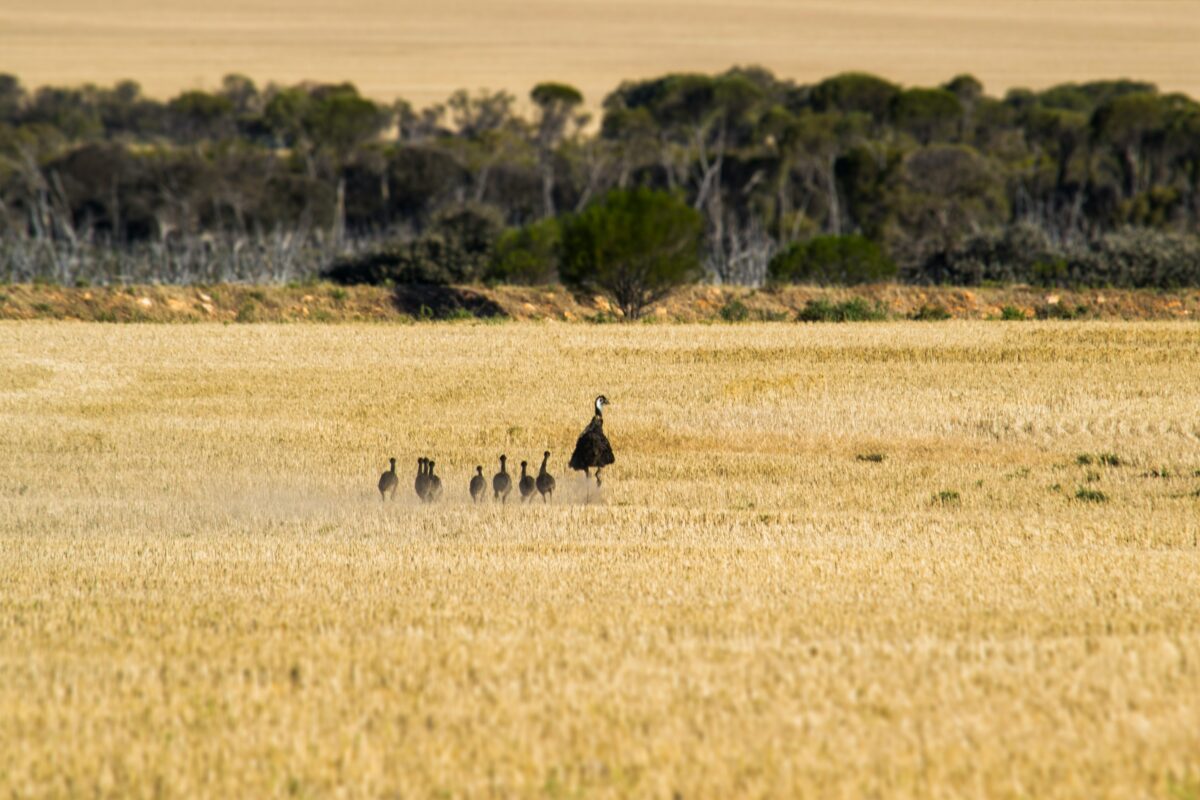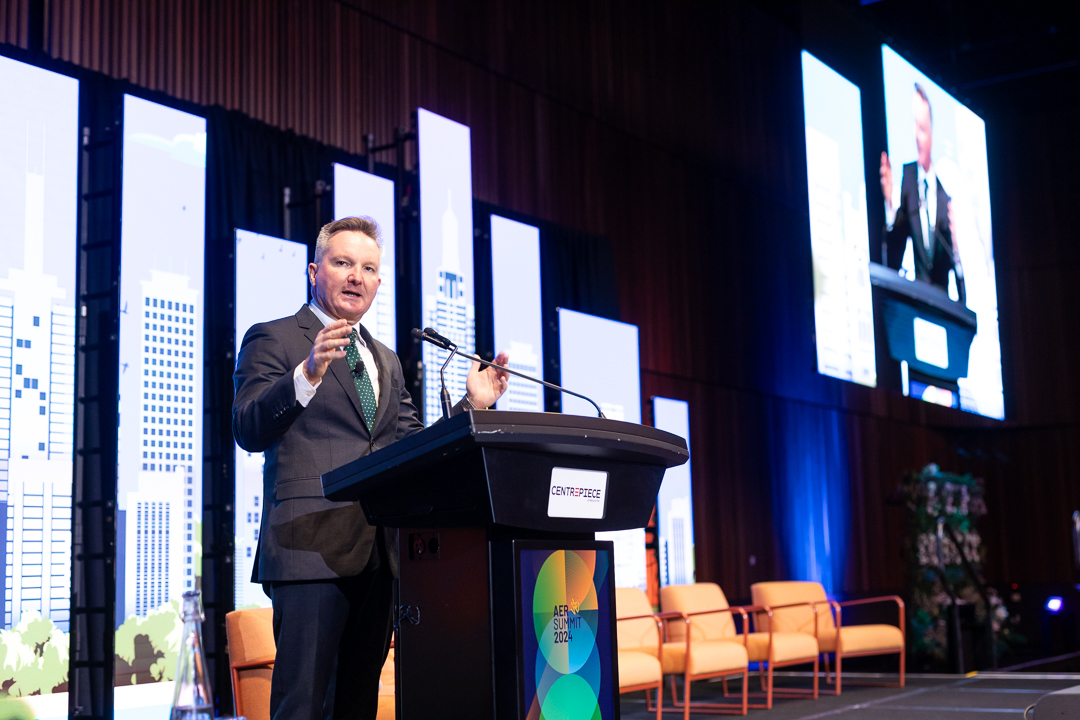CMI commends the Victorian Government on its recently announced 2035 emissions reduction target of 75-80% based on 2005 levels, with net zero emissions for the state to now be achieved by 2045. It follows the NSW Government’s commitment to a 70% emissions reduction announced late last year.
Victoria is currently on track to beat its 2025 target of 28-33% below 2005 levels, having already achieved almost 30% emissions reductions, and the new 2035 target is a natural extension of this achievement.
The new 2035 target is supported by a series of subgoals including:
- A target of 95% renewable energy generation by 2035, including 4 GW of offshore wind;
- Increasing energy storage to 6.3 GW by 2035 to support intermittent renewable energy production;
- A target for 50% of new light vehicle sales to be zero-emissions by 2030; and
- Working towards the world’s first carbon-neutral pasture-based dairy farm.
Alongside these at-point decarbonisation goals, the revisited climate action plan includes an increasing role for land and vegetation-based carbon sequestration solutions through to 2035.
CEO John Connor noted that “The decisions by both the Victorian, and NSW Governments to set themselves 2035 emissions reduction targets is a pivotal moment of leadership from Australia’s two most populous states.”
“These commitments are further evidence that the race towards net zero has become a competitive space for the government and the private sector alike to capitalise on the economic opportunities that an accelerated transition will deliver. Focus now turns to the Federal Government to step up ambition and pave to way towards a stronger 2035 Nationally Determined Contribution.”
“The updated action plan specifically highlights the substantial economic growth projected as a result of plans to build out the circular economy, low emissions transport, and increased investment in land-sector contributions.”
About the Carbon Market Institute
The Carbon Market Institute (CMI) is a member-based institute accelerating the transition towards a negative emissions, nature positive world. It champions best practice in carbon markets and climate policy, and its over 150 members include primary producers, carbon project developers, Indigenous organisations, legal, technology and advisory services, insurers, banks, investors, corporate entities and emission intensive industries. The positions put forward constitute CMI’s independent view and do not purport to represent any CMI individual, member company, or industry sector.
For further information, contact Thomas Hann on 0408 880 536 or thomas.hann@carbonmarketinstitute.org



